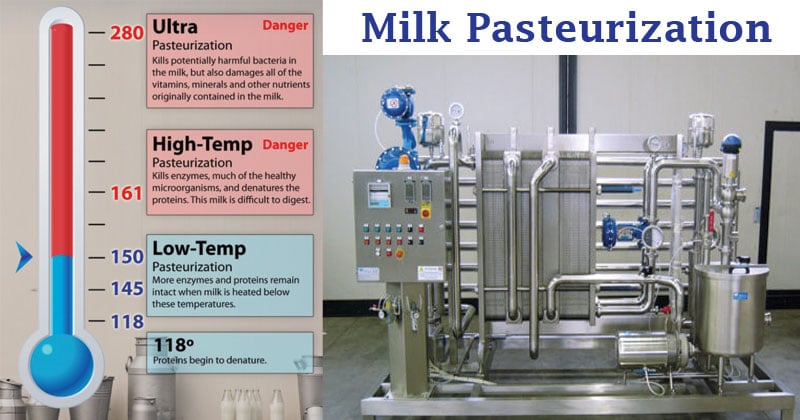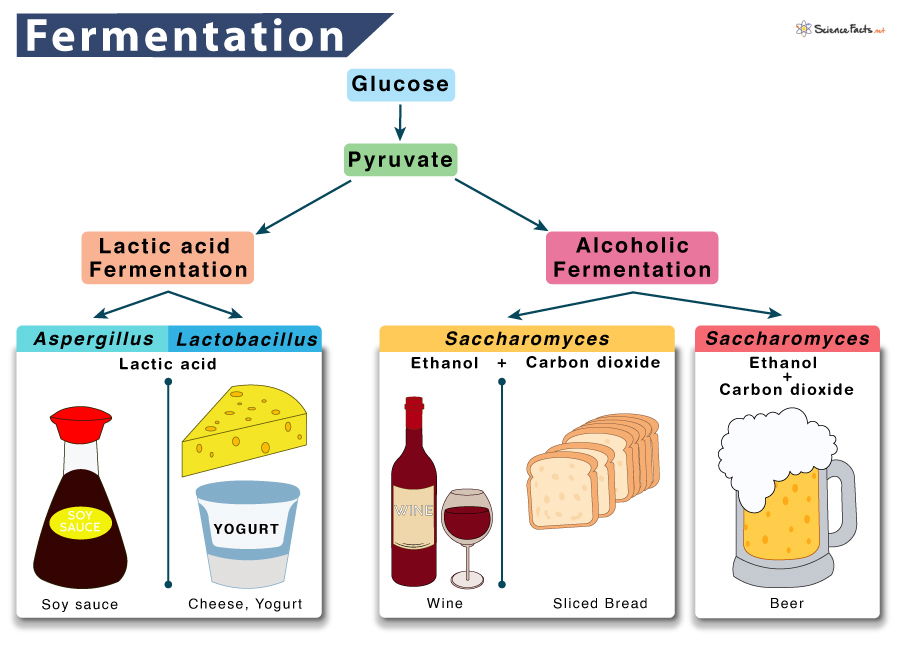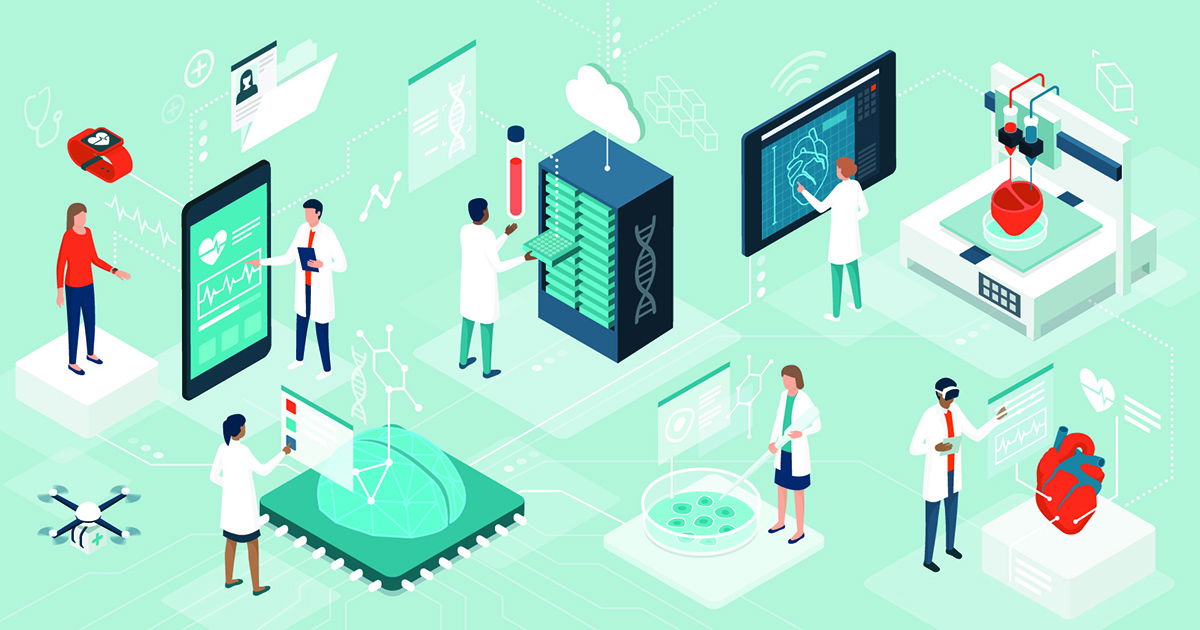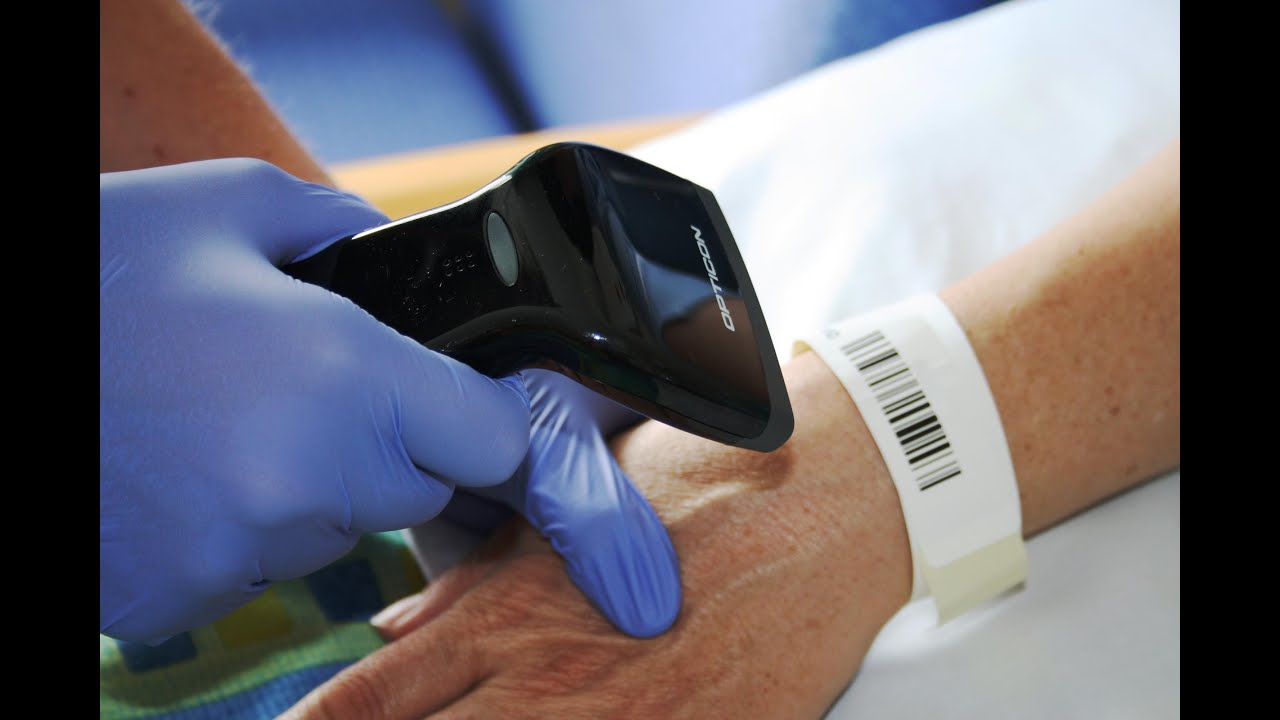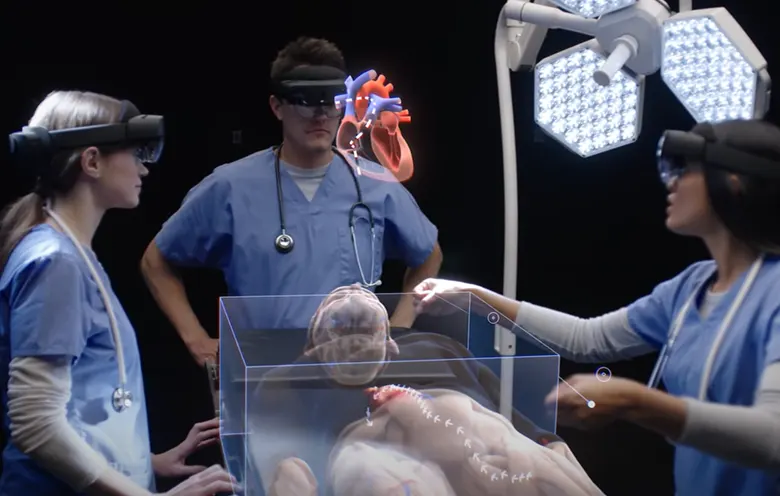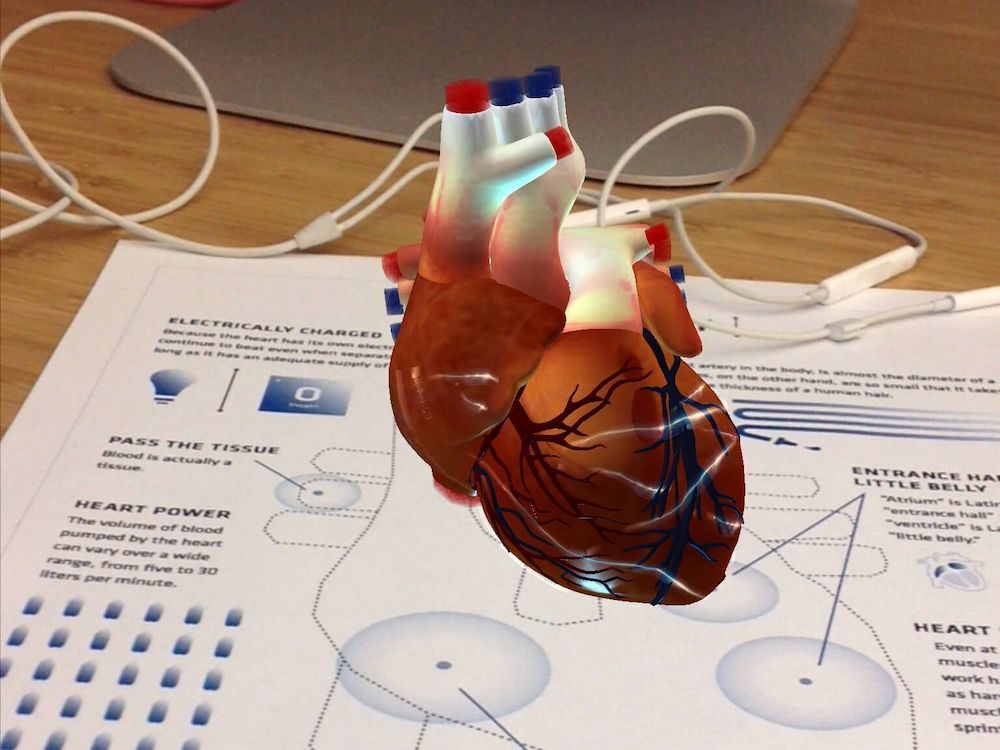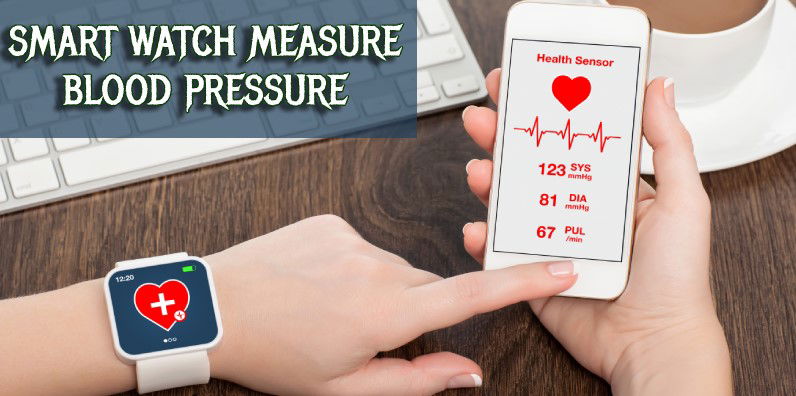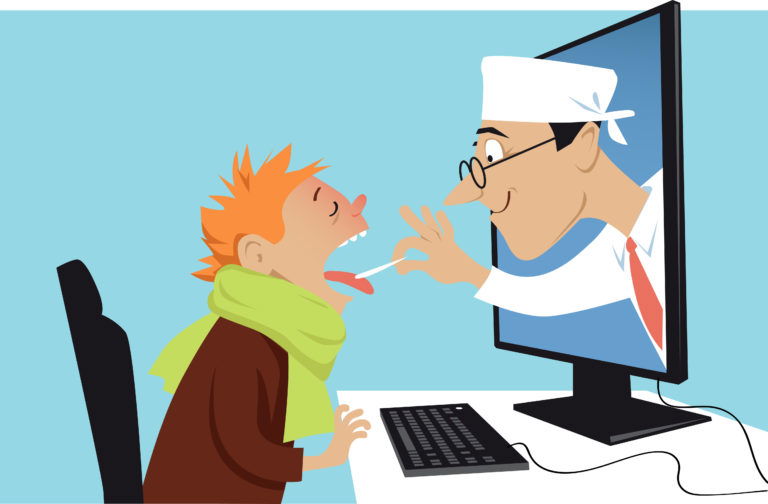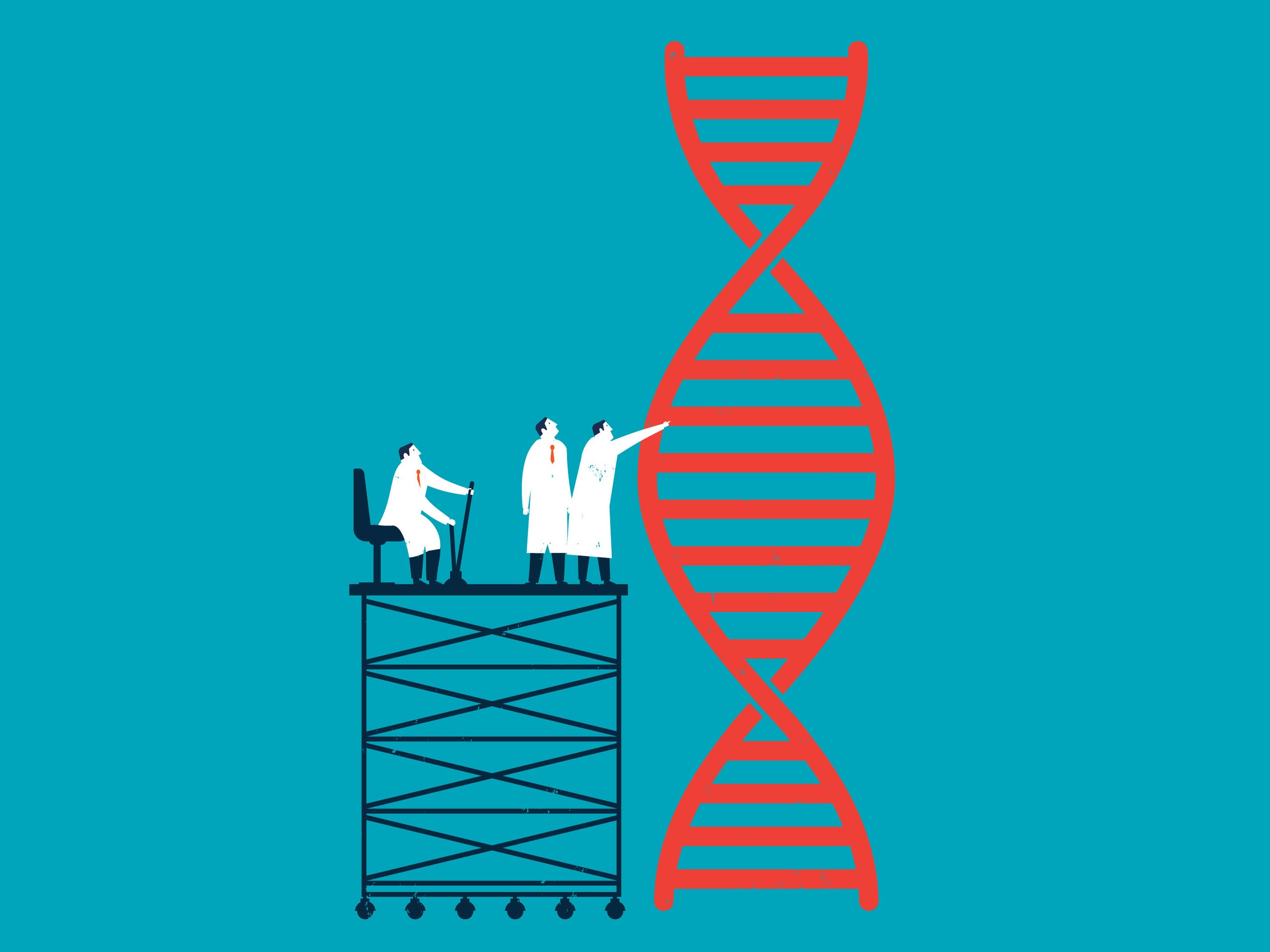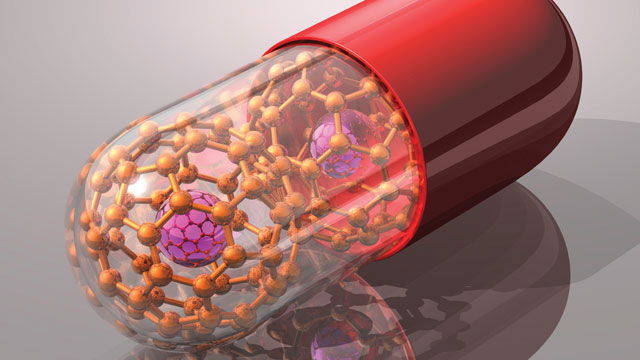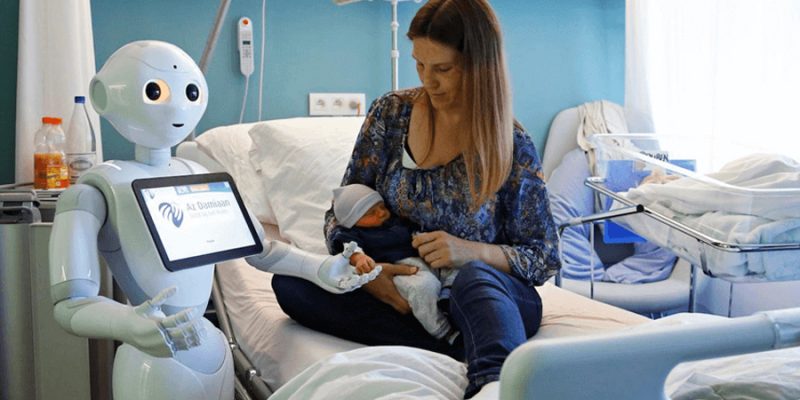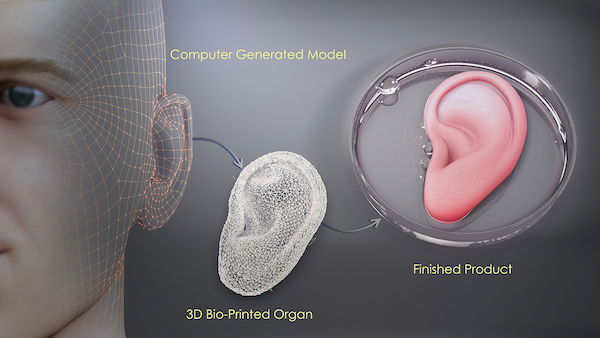Are you wondering how technology has improved healthcare? Glad to know! Surely, this article is for you. It will cover all the aspects of how technology has brought a tremendous change in our lives through improving facilities of health care.
Nowadays, medicine and technology have become interdependent fields that go side by side. The growth secret of medicine is hidden in the development of technology. Artificial intelligence and medical technology are the subcategories of communication and information technology, which are mainly assisting in healthcare.
There is a famous quote “Unity has Strength”. As follows, Together medicines and technology could reap numerous rewards. Now, doctors can commence better diagnosis and treatment of patients because of emerging technology in healthcare.
If you are scared about AI and Robots overtaking the job of medical professionals including doctors and nurses and altering the whole scenario? Then, there is no need to worry about it. These beliefs are baseless, irrational, and exaggerated. These types of software are the slaves of the human brain. And remember! The master can not be overtaken by the self-created slaves.
This article will explore the 9 best ways through which technology is assisting in healthcare.
1. Artificial Intelligence (AI):
AI is the type of information technology that has completely revolutionized the entire medical field. It is a powerful tool that uses electronic media to record, organize, store, and retrieve the patient’s medical record.
This feature of AI has benefited patient’s health and security by inventing various opportunities including no medication error, facilitated care coordination, tracking of patients' data and then making a quick decision through it about patient’s health, and efficiency in medical students' practice.
The algorithms of artificial intelligence are proficient enough that they can diagnose tissue samples, re-engineer existing medicines, and design drugs, and patients’ treatment plans quicker than any current doctor.
Following are the methods through AI have cheered up human health:
E-prescribing: Now, the data related to electronic health records including physician orders and prescribed pills can be easily entered and retrieved at any time by the mercy of information technology. Furthermore, through E-prescribing, you can pre-reserve your consultations, tests, and other procedures just by using a computer or a mobile device.
Administration Through Bar Code: This system helps to lock medication records with bar code technology. It prevents medication errors and ensures the right medication for the relevant patient accurately.
Decision-Making and Final Reports: There is a range of tools in information technology that support decision-making and ready final reports for the patient.
These tools include documentation templates, patient-specific clinical guidelines and summaries, and reminders for doctors to ensure timely checkups. However, we can say that this digital technology has changed the lifestyle of the entire society and significantly improved healthcare.
2. Virtual Reality (VR):
Virtual reality has entirely changed the lives of patients as well as doctors. From a patient's perspective just imagine, now you can enjoy the plane ride and travel to any part of the World, no matter if you are lying in the hospital bed or feeling unwell.
It must look insane to you. You must be wondering how it is possible for a person who is lying down in a hospital bed, unable to take a single step, and physically unfit to travel the whole World. But it is possible. Recent technologies made this possible. This is the beauty of technology in biomedical sciences.
It has been proven by researchers that virtual reality software is also providing aid in relieving pain to those women who are screaming in labor wards during childbirth. Now it is possible to reduce the anxiety and pain of surgery through VR, in those patients who are facing cardiac, neurological, and gastrointestinal disorders.
On the other hand, virtual reality has made it possible for doctors and medical students to watch operations, pieces of training, and other medical procedures regardless of their distant location from the operating site.
Osso VR and Immersive are the two companies that are developing this worthwhile virtual reality software.
3. Augmented Reality (AR):This software is specially designed for those users who want to remain in touch with reality, every time. These software are the fastest way to put the information in users’ eyesight.
Augmented reality software is equally beneficial for medical students and doctors to continuously improve their capabilities and operating practices, respectively.
Microsoft HoloLens is an AR app that is helping medical students to gain access to detailed, accurate, and digital knowledge about human anatomy without using actual humans.
4. Fitness Trackers:
As the name is describing, these devices are used to track the fitness level of a person. These include wearables like a digital watch, different sensors, and varieties of health trackers.
These devices are capable enough to determine a person’s heartbeat, blood pressure, stress level, body temperature, and weight at any time and make him conscious about his health.
Due to the mercy of these wearables, now a person can make the CEO of his own life and live a controllable, desired life accordingly. He can hire a good diet and daily exercise routine, and he can also fire the junk and lazy lifestyle out of his life.
There are many health tracker apps in the market. Some of them are already installed on our mobile phones by the relevant company. These apps can positively alter a person’s life, who wants to remain healthy and fit.
Fitbit Ionic is a digital workout tracker which can also monitor your sleeping schedule. A person can finetune his workout routine by using Polar H10 app whereas, by using Muse headband technology he can assist himself in meditation.
Medical Technology: Medical technology assists healthcare in numerous ways which include:
5. Telemedicine/Telehealth:
Have you observed? The word telemedicine/telehealth is already describing itself. Let me make it more clear for you. Tele means “over a distance” and medicine means “a substance used in treating diseases”.
Telemedicine works on the principle of telecommunication technologies. It provides a health information facility (collected remotely from medical/mobile devices) that is used to track or bring positive change in patients’ behavior. Moreover, it aids in providing communication services that help the patients to communicate with their doctor and take prescriptions over a distance, at any time.
There are two types of telecommunications. Synchronous communications and non-synchronous communications. Synchronous communications deals with real-time 2-way video communication and asynchronous deals with the transmission of patient clinical information.
Telemedicine is the recommended way for those patients who live far away from medical centers and face short transport. These patients can receive health tips, reminders, education, doctor review, and clinical contact at the right time, via digital apps including “Doctors on Demand”, “LiveHealth”, “Dialogue” and “Care Complete”.
6. Genome Sequencing:
Human genome sequencing project was launched in October 1990 and completed in April 2003. This project cost about $2.7 billion from the US government.
One of the major goals of this project was genome sequencing which helped the scientists to invent the emerging branch of science named “pharmacogenetics”.
You must be wondering how pharmacogenomics was helpful in patient healthcare. And why has the US government funded that much crazy amount for this project?
Allow me to clarify it for you.
The name pharmacogenetics is a combination of pharmacology and genomics which clearly describes how the genome of a person responds to a certain drug given to him. It also helped in the discovery of new potential proteins to improve disease treatment.
Pharmacogenomics aids doctors to prescribe the most suitable drug/doses to their patients. Which speeds up the patient’s recovery time without any side effects or dependency.
Furthermore, this project has helped the researchers to learn the sensitivity of drugs, family history, and monogenic and multifactorial medical conditions of the patient.
At this time, genome sequencing tests cost between 100-several thousand dollars depending upon the type of testing whether it is for single-gene or the whole genome.
7. Nanotechnology:
Nanotechnology is an emerging field of biotechnology that deals with the fabrication of nanoparticles and nanodevices. These devices have sizes ranging between 1-100 nanometers.
Nanotechnology has several advancements in the medicine/healthcare sector. Drug delivery through carbon fullerene (buckyballs), tissue engineering, cell treatment, and detection of diseases are some of its significant applications.
Carbon fullerenes are hollow cages of carbon molecules (also known as buckyballs and sometimes carbon nanotubes) and are tiny surgeons that are used for the efficient drug delivery system. These small robots travel through the body fluid like a submarine, open up at their targeted site and start releasing therapeutic drugs (carried by them) without harming other body tissues.
This technology has considerable advantages for treating cancer patients. Because in this way their targeted mutated cells will only get killed and cancer patients will remain prevented from severe hair fall and other skin diseases, caused due to chemotherapy and other cancer treatment procedures.
Grapheal is a nano-technology company in France. They are using graphene as a core bioactive material of nanoparticles for accelerating wound treatment and its continuous monitoring.
8. Robotics:
Robotics is also an emerging technology in healthcare. It has grown up during the pandemic era of COVID-19. Doctors and healthcare workers were completely dependent on robots to perform their broad range of tasks for improving patients' health and reducing pathogens exposure.
Furthermore, it has vast significance in those areas/places which face healthcare shortages. Robots are helping in healthcare by providing quality of life for the elderly and specially-abled persons. They are assisting nurses to handle patients with spinal cord injuries and to treat children and adults with mental health issues and chronic illnesses. Nowadays high precision surgeries are also the result of robotics aid in healthcare.
Developments have been made to broaden the range of robots. There are a variety of robots from disinfectant to surgical. Paro, Jibo, Buddy, and Pepper are some examples of robots which are existing. Their owners can control their activities by using cameras, microphones, and touch sensors.
9. 3D-bioprinting/ Printing of Artificial Organs:
3D-bioprinting is a ground-breaking technology that came into existence in 1988 after the invention of the most popular technology “3D-printing”, in 1980. “3D” is an abbreviation for three-dimensional structure while “Bio” means life and “Printing” is a process in which a printer needs a softcopy of the template/document, a blank page, and different colored printing inks to generate a functional and exactly similar hard copy of the required document”.
Are you getting the main idea? Let’s dive more into it.
The same idea of traditional printing is followed by 3D bioprinting. In 3D-bioprinting the analogy for colored inks is Bioinks which include living cells, different growth factors, and biomaterials (natural and synthetic) instead of using metal and plastic. While softcopy of the document is the analogy used for digital blueprints of natural tissues.
Whereas, the fully functional hard copy of the document is the analogy that is used for 3D biomedical parts which behave similarly to their template (natural tissues).
3D bioprinting has brought tremendous change and ease into biomedical testing procedures. Nowadays scientists are able to generate different bio-organs including blood vessels along with living skin tissues, and artificial limbs.
Pharmaceutical industries are also developing from this evolving technology. Fabrication of living tissues with the help of this technology assists pharmacists to test a certain drug or regenerative medicines against it. This idea has led to restructuring medical treatments by minimizing animal testing.
Furthermore, it helps to save lives by reducing errors caused by the mis functional drugs.
Final Words:
Communication and information technology are the two types of technology that are assisting in healthcare through their several advancements. Artificial intelligence has a broad range of software under it. That induced a breakthrough in technology in healthcare. It has improved the lifestyle of a person to a great extent by providing him with accurate and timely knowledge that how his body is working at this time and what steps he can take to build it well. Moreover, now a person can enjoy health benefits and fruitful bits of advice regardless of his distant position from his doctor.
On the other side medical technology has improved medical science procedures through the invention of several healthcare technologies. advancements like nanotechnology, robotics, gene sequencing, and telehealth are assisting doctors and researchers in numerous ways to provide the best treatment to the health-seekers and as a result, saving their lives for the betterment of society.




